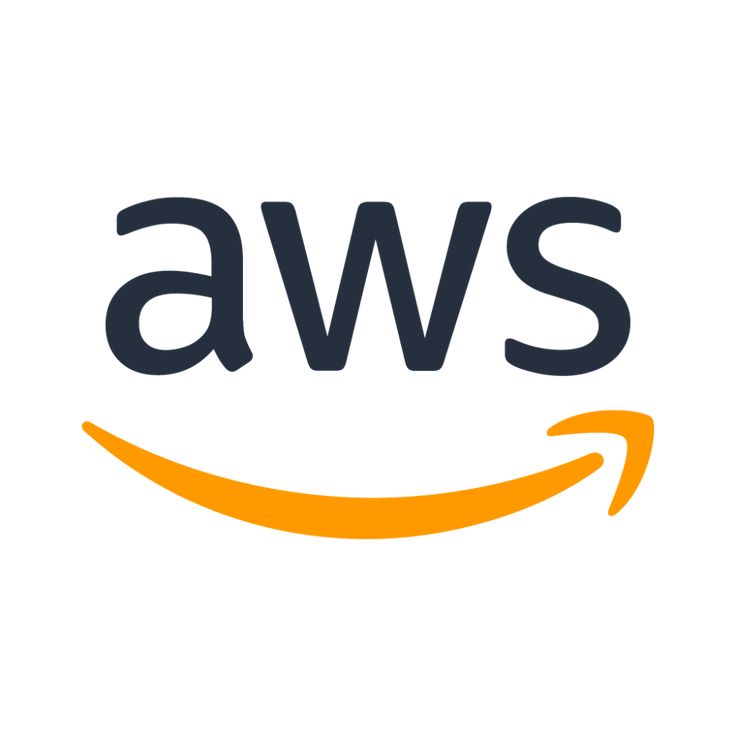Compliance
ISO 27001
Tribal Habits is in the process of obtaining ISO27001 certification with a target date of January 2026.
Resources
Customers can request access to Overview documentation that summarises key aspects of our security processes. If you have additional questions, please contact us at [email protected].
Security Overview
How Tribal Habits protects customer data and services across scope, hosting, data types, governance, and our ISO 27001:2022-aligned approach.
Data Protection & Privacy
Our data classification, storage, retention, and secure disposal practices, aligned to Australian privacy law and customer control within the platform.
Security Practices
The layered technical and organisational controls we use (encryption, key management, vulnerability/patching, secure development, access management, training).
Business Continuity & Disaster Recovery
How we maintain operations and restore essential services after disruptions, including backups, communications, stages of response, and RTO/RPO.
Incident Response
Our structured process to detect, contain, eradicate, and recover from security incidents with timely customer communication and post-incident learning.
Vendor & Compliance
How we assess, approve, and monitor third-party providers (certifications, regions, safeguards) and track our ISO 27001:2022 compliance status.
Subprocessors
Tribal Habits is hosted by AWS in Sydney. Our servers and database are located in Sydney, Australia. We utilise a limited number of trusted partners for best-in-class services via secure APIs. All trusted partners must be ISO27001 or Soc 2 Type 2 certified.

Amazon Web Services
Tribal Habits is hosted with AWS in Sydney.

Mezmo
Tribal Habits uses Mezmo for logging.

Rollbar
Tribal Habits uses Rollbar for application error alerting.

SendGrid
Tribal Habits uses SendGrid for notifications.

Intercom
Tribal Habits uses Intercom for customer support.
